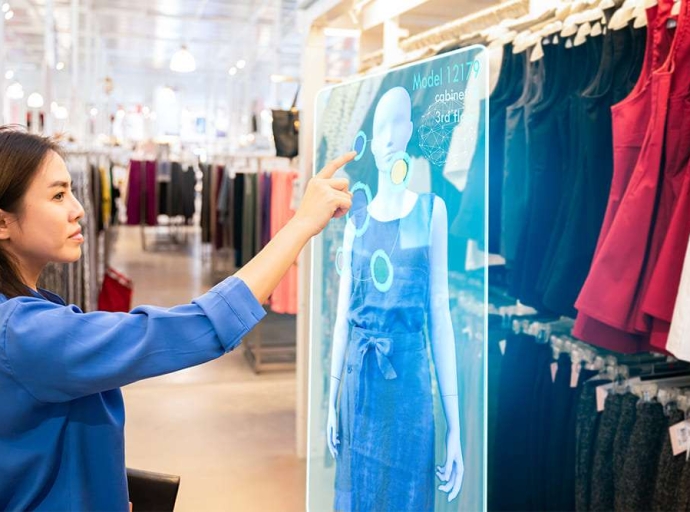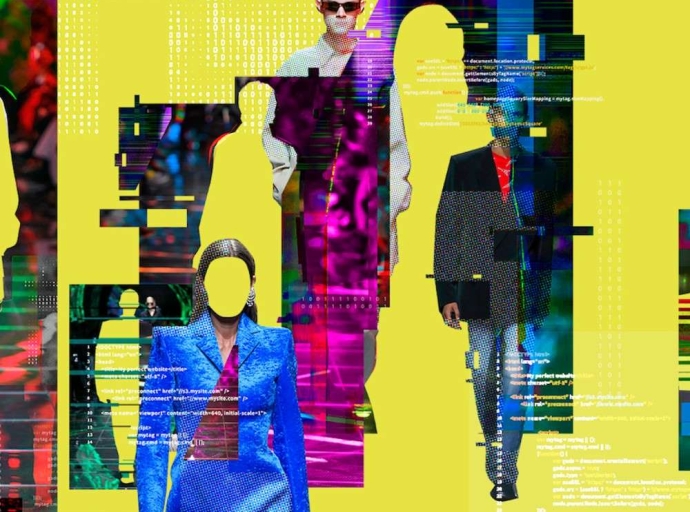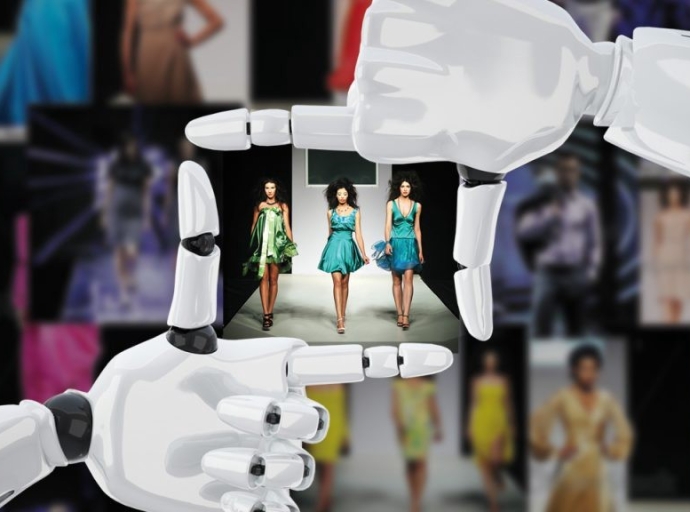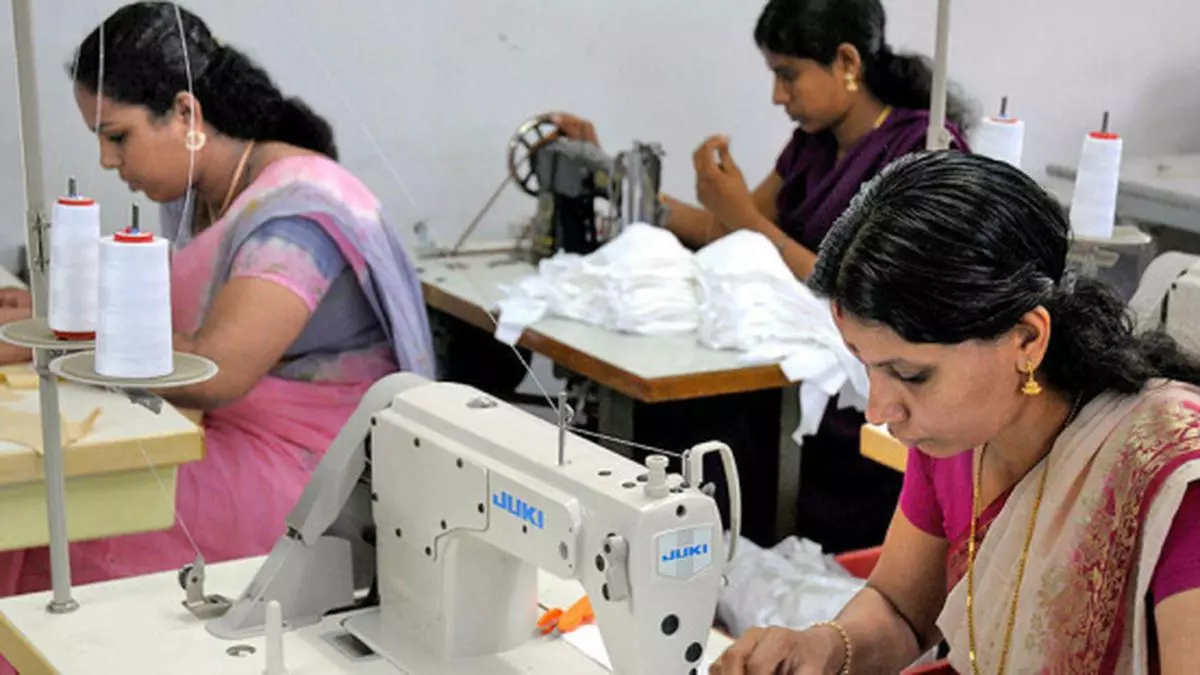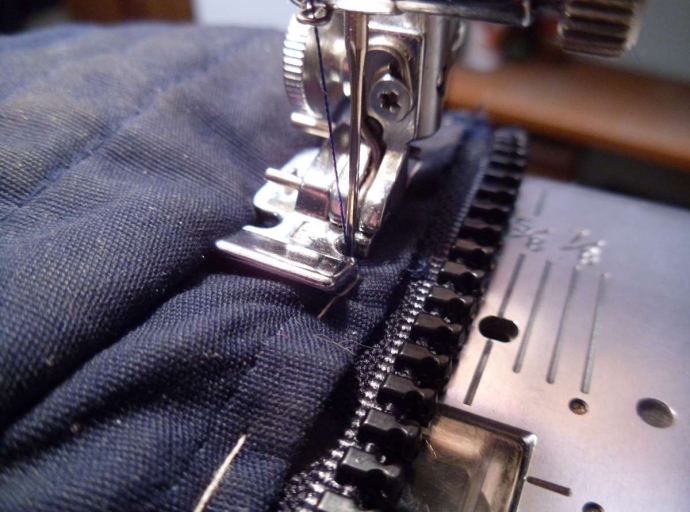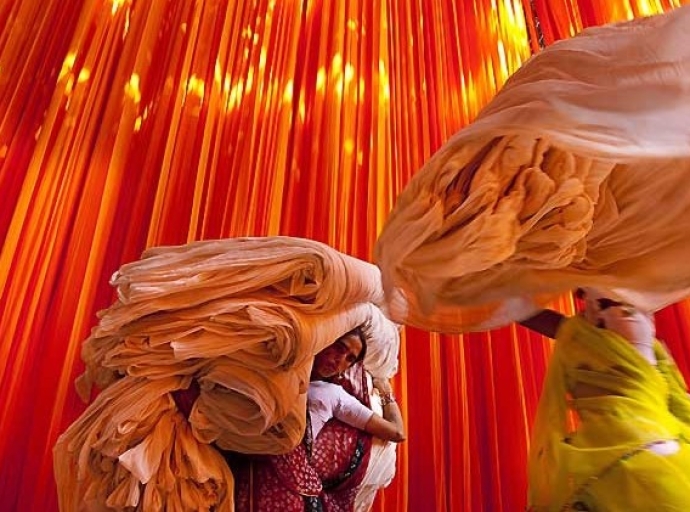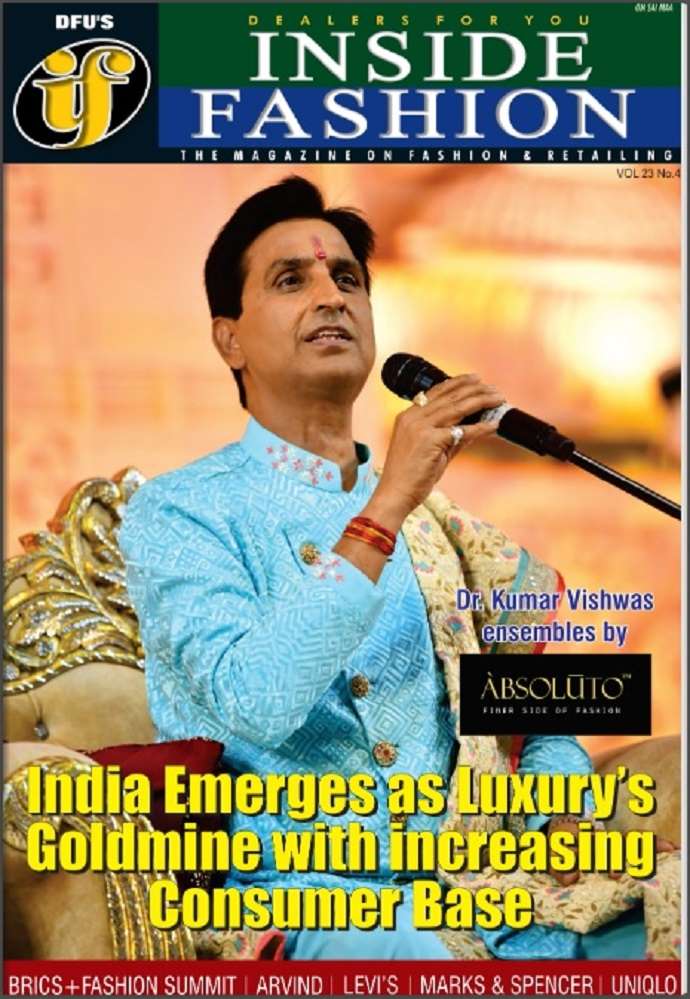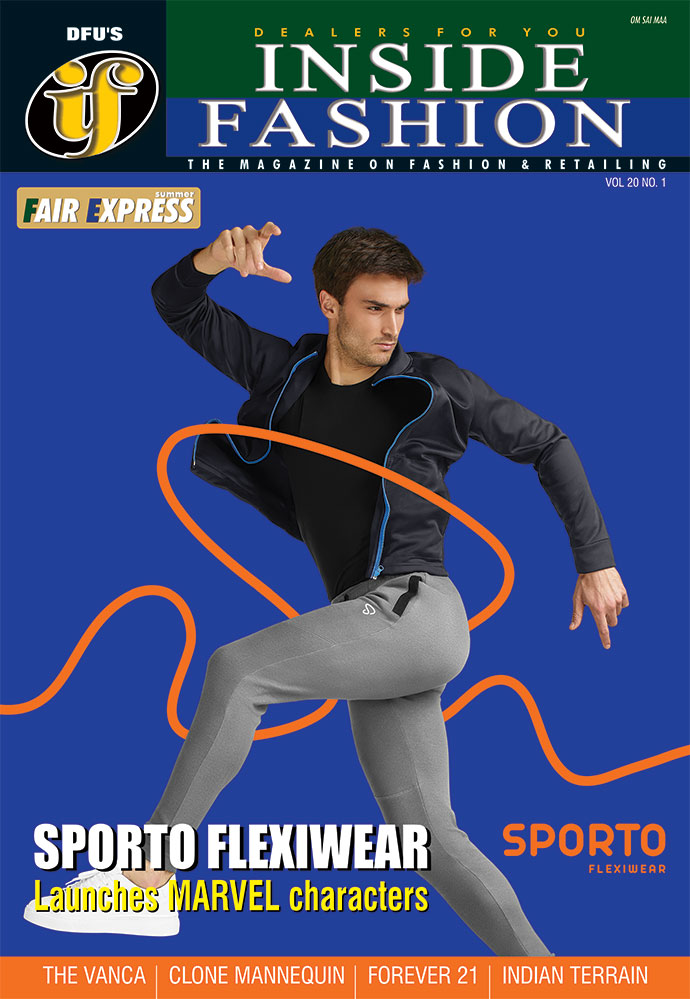17 February 2024, Mumbai
Dress to Impress the Metaverse: Fashion's AI-Powered Future
The future of fashion is virtual and the world has gone way beyond physical catways! Dig into the metaverse, where AI tailors experience something as unique as your style. Run your imagination wild:
- Your digital doppelgänger, strutting through virtual stores, trying on outfits that adapt to your mood and preferences.
- AI stylists whisper secrets, predicting your next must-have piece before you even know it exists.
- Makes customers take center stage in any fashion show rather than just a mute spectator, interacting with clothes and fellow fashionistas in real-time.
Generative AI is the future & is here to stay, capable of incredibly transforming fashion businesses!
Potential Use Cases:
- Instantandom: Transform text into stunning visuals. Create captivating social media posts, product mockups, or presentations – effortlessly.
- A peek into the future: Foresee video frames. Analyze video sequences and predict future frames, aiding in sports analysis, traffic prediction, or even self-driving cars.
- Making text to talk: Convert text to natural-sounding speech with diverse accents, tones, and emotions. Ideal for educational content, personalized messages, or accessibility tools.
- Empowering the trick of voiceover: Create new audio from existing sources in seconds. Generate voiceovers for games, films, or training materials with ease.
- Curating customer experience mechanisms: Craft customized content across text, images, music, and more. AI learns your preferences and creates unique experiences for each user.
- Stickiness: Generate thought-provoking questions that evolve. Fuel engaging discussions and innovative ideas based on past interactions.
- Human creativity gets a leg up: Push creative boundaries with AI-generated concepts, stories, or articles. Let data analysis fuel entirely new forms of artistic expression.
- Content creation at scale: Generate massive amounts of unique content swiftly. Develop training materials, scripts, or marketing copy efficiently, leveraging existing information.
- Diversity at scale: Create diverse fashion models to reflect your entire customer base. Supports the demonstrability of products authentically enabling a deeper & and wider outreach.
- Customization: Utilize conversational AI that analyzes data to generate personalized responses. Ensure customer satisfaction and cater to their specific needs.
A case in point: YOONA.AI's incredible, pathbreaking Berlin metaverse, launched in 2023, hosted the first-ever virtual fashion week.
No less than a game changer in the global presentation landscape, for instance, effects like immersive experiences with no sense of deja vu revolutionizing the fashion in which fashion uses to connect with its entire eco-system.
Yes, it's not science fiction (Sci-fi), it's the future AI is weaving for fashion. This study unveils:
- Making shopping playful: Discover how AI understands your desires and tailors the perfect virtual wardrobe.
- Much more than likes and shares: Explore new frontiers of brand engagement with AI-driven influencers and gamified experiences.
- Differentiability: Learn how AI empowers brands to innovate and differentiate in the metaverse.
Contextually speaking, the metaverse today is way more than just a catchword, it's a revolution of sorts. Inviting stakeholders to explore and discover fashion's hidden, untapped potential is driving hard outcomes, taking future fashion notches above, and helping achieve the unexpected.
5 AI Fashion Insights in the Metaverse:
- Digital Doppelgänger: Try on outfits that adapt to your mood.
- AI Stylist Whisperer: Predict your next fashion obsession.
- Interactive Fashion Shows: Become the star, not the spectator.
- Generative AI Revolution: Transform fashion businesses forever.
- Personalized Content Curating: Craft unique experiences for every user.


